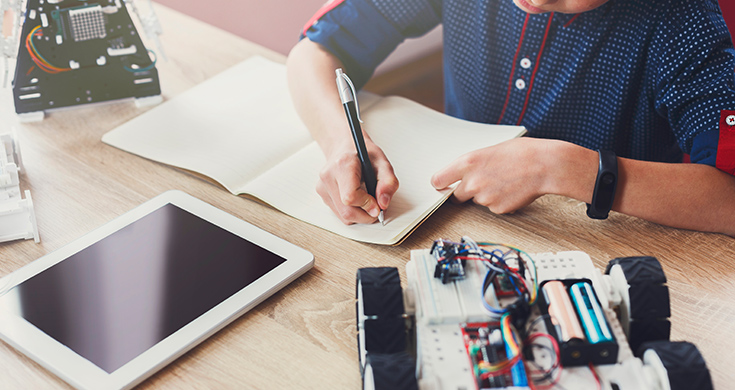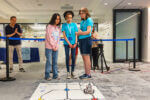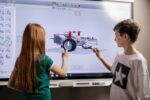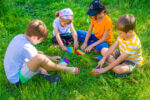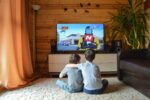Learning about engineering doesn’t have to be a bore. If it’s raining outside and you have time to kill, why not challenge your kids to craft an indoor boomerang, design a robot or replicate the Eiffel Tower? If you’re looking for your next hands-on project, try one of the eight STEM ideas below.
1. Design a Race Car Bot
Your kids can design their very own robot using an old Hot Wheels car and a washable marker. You’ll also need a 1.5-volt motor, electrical tape, a hot glue gun, and a AAA battery. To get started, attach the wire to your hobby motor with electrical tape. Then, carefully glue the engine to the car.
The last step is to add the marker. Let your kids choose their favorite color and attach to the back of the car with hot glue. Once everything is dry, lay the bot down on a piece of blank paper, remove the marker cap and let it loose.
2. Build a STEM Boat
Design three types of boats, each powered by different methods that combine major core elements of science, technology-engineering, and mathematics. Before you start, be sure to wear appropriate safety gear, including latex gloves and durable clothing. And inspect the wood you are using to remove any metal, such as nails, before attempting to cut into it.
One design option, the putt-putt boat, is a steam engine created by coiling a copper tube, filling it with water, and heating it with a small candle. The steam causes the coil to suction water up the tube and out the other side, pushing the boat along. Or try your hand at the paddle boat, powered by a winding wood paddle and a rubber band.
3. Construct a LEGO Zip Line
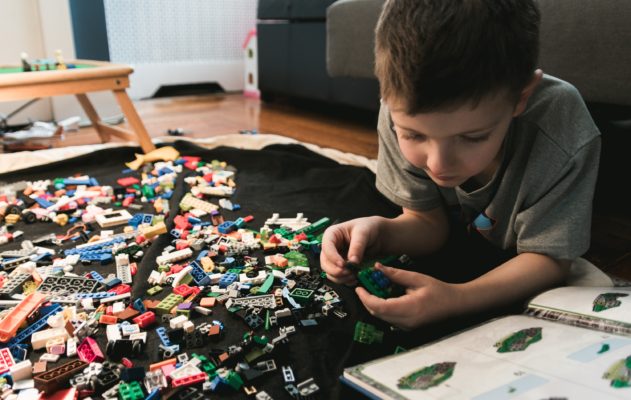
Spruce up any rainy day by creating your own LEGO zip line inside. You’ll need a clothesline and some LEGOs, as well as any beloved mini-figures who want to take a ride.
Attach a rope or clothesline to two fixed points in your home. Don’t be afraid to test out different angles to experiment with gravity and motion. Next, build your LEGO zip line platform and add a spot to attach the pulley. Once made, send your LEGO people for a ride or a surprise crash landing.
4. Create a Light-up Bug
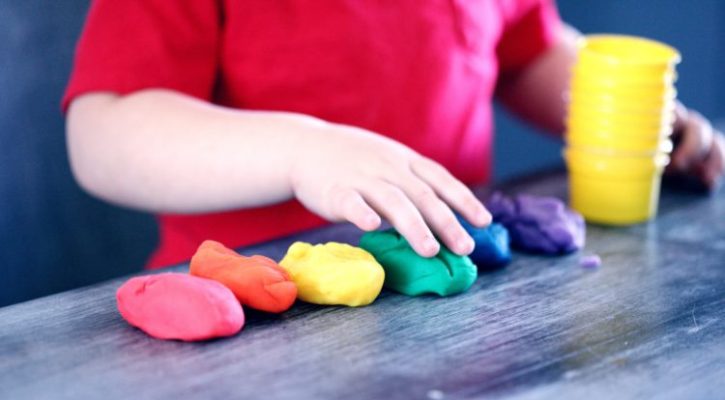
Kids can learn about electricity and circuity the safe way by building an electric lightning bug out of Play-Doh. Gather some card stock, Play-Doh, safety glasses, and a 10mm LED bulb and battery pack. The dough is used to make the body, head, and eyes of the bug. Cardboard is fashioned into wings and a neck, while toothpicks are used to simulate antennas.
Next, stick the two wires into either side of the bug’s body. Remember which is positive and which is negative. Then, attach the wires to the battery pack and switch it on to watch your creation come to life.
5. Try the Egg Drop Challenge
The Egg Drop Challenge is a great way to learn and have fun at the same time. The goal is to create an egg-carrier that can withstand a drop from a substantial height. Kids are encouraged to think outside the box and get as creative as possible.
You’ll need fresh eggs and a variety of materials. Some things you can use include cardboard, sponges, cotton balls, tissue paper, and masking tape. You can also set rules like the design must fly or be under 10 inches in height.
6. Craft an Indoor Boomerang
A boomerang is a fun way to teach your kids about physics. Cut the body of the boomerang from heavy card stock or thin cardboard. It’s important that the arms of your boomerang are the same shape. Use tape to attach them at 120° angles.
If your kids want to get creative, they can decorate their boomerangs before taking flight. Once ready, try launching the craft at different speeds and angles to test what works best. You can also bring it outside and try to get the boomerang to come back to you.
7. Engineer the Eiffel Tower
You don’t have to take a trip to Paris to be inspired by the Eiffel Tower. This project can be made using many types of materials, including newspapers. You will also need a stapler and some tape.
To get started, roll the newspaper into tubes. Once you have enough, cut them to different lengths and start constructing the tower. Have a simplified blueprint with measurements you and your kids can follow, and build from the bottom up.
8. Make an Articulated Grabber
You kids will love creating a wooden grabber they can experiment with for weeks to come. To start, cut two Popsicle sticks into quarters. Then, create four beams by inserting them into both ends of the straws, making a criss-cross pattern.
Next, use a wooden skewer to make a small hole between each gap. Break off the skewer while still in the hole, leaving behind 2-3 inches. Once finished, kids can use the grabber to pick up plastic cups, pencils, and more.
With the right projects and experiments, learning about engineering can be both fun and productive.
